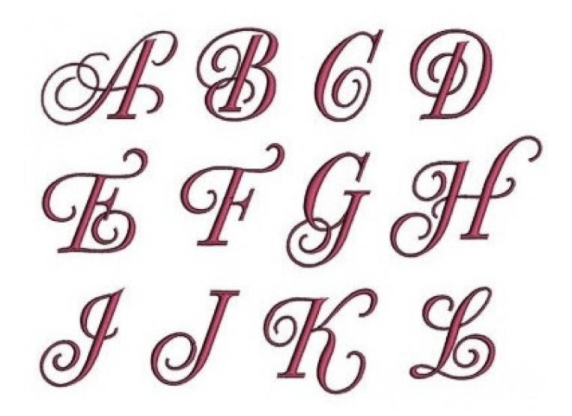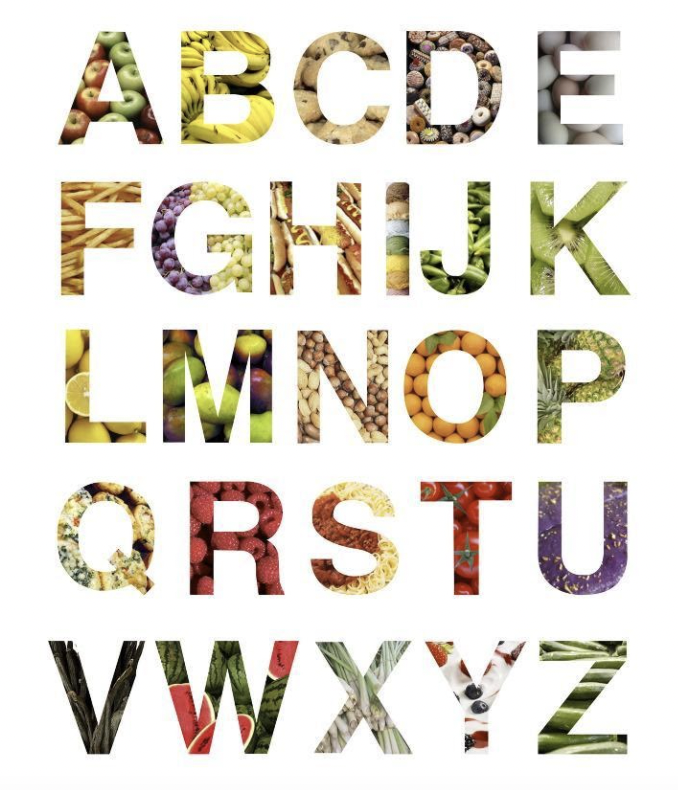4 Tips for Crafting a Top-Notch Cookbook Presentation
Guest Blogger - Jul 28, '21 - Cookbook Ideas - Design - Getting Started - Guest BlogI grew up in a household of two parents with high-profile careers. We had a housekeeper who also prepared the dinner meal every night. She could not really read or write, so every recipe was in her head.
Finally, I was getting married. At my wedding shower, someone gave me a copy of The Joy of Cooking, a classic that has been around since the 1930s. It’s a great basic cookbook for those who are just beginning their journey into making anything from meats, poultry, and seafood, to sides, desserts, and even candy.
But I knew I would miss Viella’s cooking. So, I sat her down and asked her to verbally give me the recipes for my favorites. That would be her wedding gift to me, I said. What I got was, “a pinch of this,” “just a bit of that,” “maybe a cup of that,” etc. Still, I wrote it all down and, over the years, have refined her measurements a lot. My friends rave over her meals. They should probably go in a cookbook one day.
But what about you and your relatives and friends? Do you all have piles of recipe cards, papers, and such that have been handed down through generations? Maybe it’s time for a group cookbook!
Where to Begin
Cookbooks are, for the most part, instructions and pictures of the finished products. We expect this. They begin with a title, maybe a short introduction, a listing of ingredients, and then preparation and cooking instructions. This is the expected and common practice for writing recipes.
But it can also be pretty mundane. They say that a big part of a gourmet meal is the “presentation.” Well, a big part of a cookbook should be the same. If the presentation is not attractive; if the descriptions and such are not compelling; if there is no human interest in the book, it may fall flat.
So, let’s take a look at the elements of a cookbook presentation that will make it far more appealing to those who consider buying it.
Here are some key considerations which should get you thinking about how you will want to “present” your cookbook.
1. About the Authors
Every book has a biographical sketch of its author, usually on the book jacket. A cookbook should be no different. People are curious (and a bit nosey) and like to know about others. Make the author bios as interesting as possible. Maybe one author owned a small bar and grill and created his own “ramped up” versions of common sandwiches, salads, and sides. Perhaps another was a military wife who spent several years in the Far East, picking up the art of Asian cooking along the way; still, another might be a former chef who began his own catering business featuring hors d’oeuvres and sweets.
And speaking of the unemployed, if cookbook authors are struggling to make their bios creative and engaging, they should consider using the talents of Unemployed Professors, a writing service with an entire department of creatives. You might also want to use them to write amazing descriptions of dishes that will have mouths watering.
The point is this: everyone has a “story,” and yours should be unique and interesting -laid out on “About Us” pages. The exception to this “rule” is a circumstance in which a cookbook is crafted by numerous contributors from, for example, a church or a school. A contributor’s name can be placed alongside the recipe title.
2. Sections
Unless your cookbook is very small and focuses only on a very specific type of food (e.g., chicken stir-fry), you will need to divide the recipes into sections, even sub-sections in some instances. This is especially true if this is a group project with several contributors.
Before you identify sections, collect all the recipes first. Some may even belong in more than one section. Just make certain that the sections and recipes included in them are logical.
This may be a bit more complex than you think. Take desserts, for example. There are “no-cook” and “cooked;” there are cakes, pastries, cookies, and candy; there are cold and warm; there are heavy and light.
3. Fonts and Colors
Consider how you can “match” fonts with food types. Some foods are more “elegant,” and their titles should be as well; other foods are for obvious very casual dining, and fonts should be too. Here are a few examples to get you thinking:
For elegant dining recipes, choose a font similar to this:
For more casual recipes, perhaps this:
And for the most casual (barbecue, etc.), maybe something like this:
For that Summer Barbecue
Fonts can immediately alert a reader as to the types of occasions a recipe is designed for.
Colors are just as important as fonts. Think for a moment about the rooms in your own home. There is an entire body of knowledge about the psychology of colors and the feelings that are associated with them. A den, for example, probably has what are called “warm” colors and exude comfort and security. These would be browns, deep greens, tans, and other earth tones. “Cool” colors, on the other hand, promote feelings of airiness, openness, and even freedom. A summer porch would probably sport cool colors – yellows, light greens, some shades of blue, and other pastel shades.
You should use this color psychology as you fashion your cookbook too. Consider just the different colors that might be associated with food items:
- Cakes, pies, holiday puddings, fudge, and some other candies: A section page would probably use warm colors that conjure up memories of family gatherings and the emotions associated with them.
- Comfort foods: Stews, roasts, soups, etc. Again, warm colors will stir feelings of security, family, and such.
- Salads: these are lighter fare and should be associated with cooler colors in both section pages and titles.
- Barbeque and other very casual foods: this is the perfect place for primary colors. These stir emotions of social gatherings, fun, and carefree living.
- Formal and elegant recipes: Deep blues, black, shades of gray, and purples are the colors of “royalty.” Section pages and recipe titles should conjure up feelings of elegance.
- Light summer desserts: fruit salads, ice cream treats, and other no-bake desserts should be introduced with cool colors.
Stirring up emotions with both fonts and colors will make your cookbook far more compelling and engaging for potential purchasers. Use these to your advantage.
4. About Those Photos
If you have a smartphone, with 4 or 5g, you have all that is necessary to create amazing photos of your recipes. The only thing you have to worry about is angle and lighting. Take shots of the finished product from all angles and in all types of lighting. You’ll ultimately get one that will be just right.
People process visuals about 60 times faster than any text, and so your photos are critical for attracting and engaging potential customers. If you preview your cookbook with just a few of the best photos, you’ll engage your target audience and certainly entice them to buy.
These Four Tips…
Are these tips the “be all” and the “end all” of an amazing cookbook presentation? Of course not. But, if you take a serious look at them, you will find there is good information that you can use as you fashion a cook that will wow your target audience and may just entice them to make a purchase!
---
Jessica Fender is a professional writer and educational blogger. Jessica enjoys sharing her ideas to make writing and learning fun.
Next: Recipe of the Week | Italian Cookies


